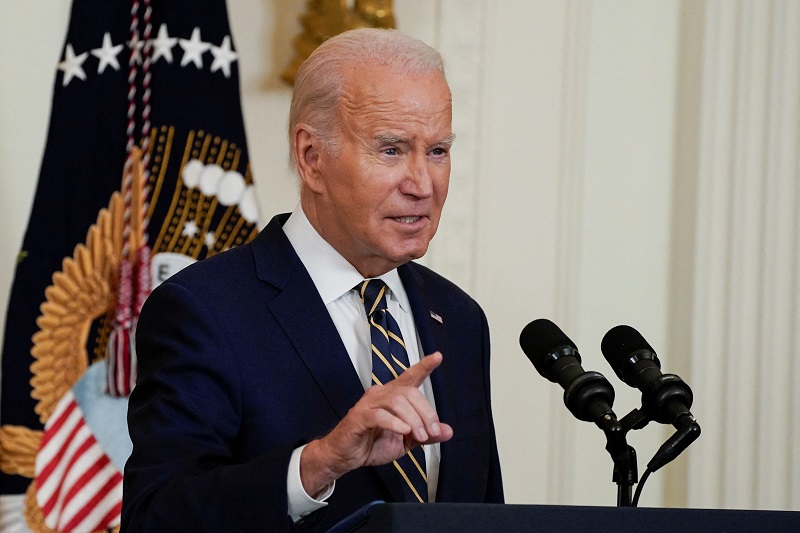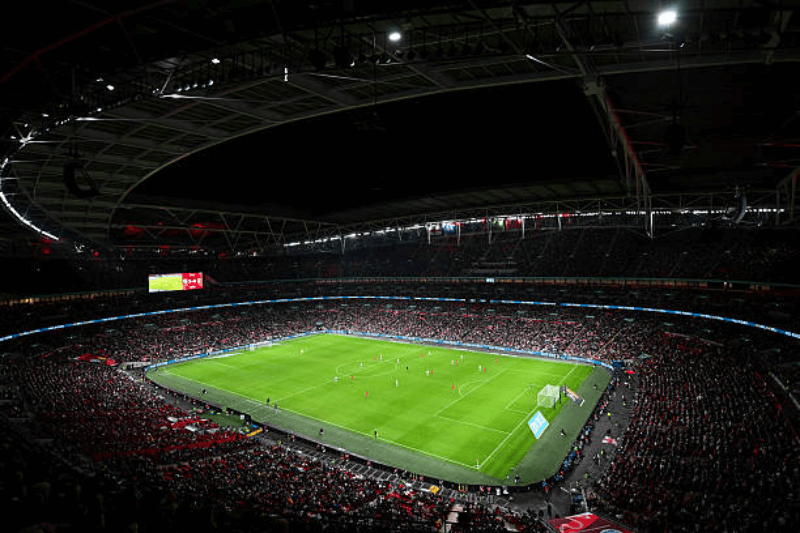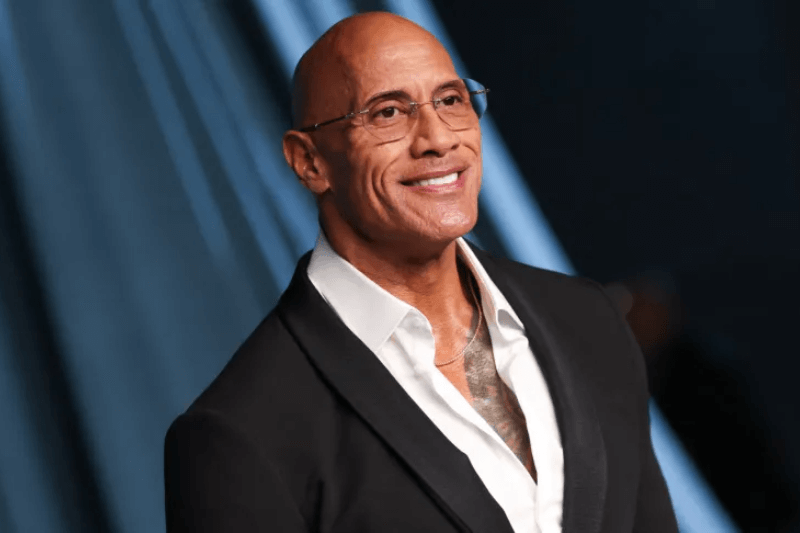
Biden: China’s ‘Ticking Time Bomb’ Threatens World
In his most recent jab at President Xi Jinping’s administration, President Joe Biden referred to China’s economic woes as a “ticking time bomb” and called Communist Party officials “bad folks.” This comes as his administration works to strengthen overall ties with Beijing.
At a political fundraiser on Thursday, Biden claimed that China was in “trouble” because its growth had slowed and it had the “highest unemployment rate going.” His remarks contained a number of significant inaccuracies about the second-largest economy in the world. The “debt and noose” moniker was also used to describe Xi’s signature Belt and Road Initiative, which involves massive amounts of lending to developing nations as part of a global investment programme.
He misrepresented China’s growth rate when he said, “China was growing at 8% a year to maintain growth, now close to 2% a year,” to donors in Park City, Utah. He continued, “It’s in a position where the number of people who are of retirement age is larger than the number of people of working age,” which was not only false but also off by hundreds of millions of people.
So they have issues, he continued. That’s bad because bad people commit crimes when they are in trouble.
At Shanghai’s East China Normal University, Josef Gregory Mahoney, a professor of politics and international relations, asserted that Beijing was unlikely to be “baited” into responding to Biden’s most recent jabs.
Beijing is aware that Biden will increasingly use anti-China scare tactics to win over the public at home, according to Mahoney. But it’s also crucial to keep in mind that Trump said much worse things to Beijing.
Requests for comment from the Chinese Foreign Ministry went unanswered.
Keep Reading
The vice president of the United States recently made some of his most pointed criticisms of the US’s main geopolitical and economic foe. The president has attempted to strike a delicate balance between using trade restrictions to thwart China’s development of a high-tech military and fostering a diplomatic reconciliation with Chinese leaders that may open the door to a meeting with Xi this year. Xi is anticipated to visit the US in November to attend the APEC summit.
It is still unclear whether that will happen, especially in light of reports that the White House will prevent John Lee, the leader of Hong Kong, from attending the meeting of 21 Asia-Pacific economies. While Biden stated on Thursday that Washington is not seeking a fight with Beijing, a number of issues have the potential to further deteriorate relations, including recent investment restrictions approved by the US and military tensions over Taiwan, which will force Vice President Lai Ching-te, the front-runner in the January election, to visit New York and San Francisco.
It’s not the first time Biden has said something impulsively that raises concerns about his administration’s efforts to mend fences. Biden compared Xi to a “dictator” and questioned the Chinese leader’s control over his nation and its military in June, just one day after US Secretary of State Antony Blinken returned from a trip to Beijing intended to defuse tensions.
It is unknown how Beijing will respond to Biden’s most recent statements. He called Chinese President Xi Jinping a dictator, but China mostly ignored him and weeks later welcomed US Treasury Secretary Janet Yellen and US climate envoy John Kerry on separate trips. An agreement by China to lift restrictions on group travel to the US was hailed on Thursday by Commerce Secretary Gina Raimondo, who is scheduled to visit China this month, as a victory for engagement between the two largest economies in the world.
“Biden is correct that China has significant issues, but he is incorrect – and inflammatory – about the scope of those issues. Be prepared for more inflammatory language prior to the 2024 election as US politicians buy domestic voter support at the expense of increased risk in their relations with Beijing, according to Tom Orlik, chief economist for Bloomberg Economics.
View more: China Is Not What The US Thinks. Here’s How to Regain Focus
Biden’s jabs at China’s $18 trillion economy nevertheless come at a delicate time for Xi.
Despite Biden’s misrepresentation of important China statistics, the overall picture is still bleak. Concerns about potential effects on the global economy have grown as a result of China’s gross domestic product growing at a slower-than-anticipated rate of 5.5% in the first half of the year compared to a year earlier.
With slowing exports, high youth unemployment, a tanking real estate market, and a debt crisis for Country Garden Holdings Co., China entered a deflationary spiral in July. Due to a cash crunch in the industry, the once-largest private-sector developer in the nation is in danger of defaulting.
The Xi administration has worked to stifle dismal economic news, with officials advising mainland economists to refrain from using the word “deflation” when discussing price pressures. Social media platforms have been instructed to remove discussions of sensitive subjects like private sector reform, and authorities this week ordered internet service providers to deal swiftly with online defamation of persons or entities.
However, Biden’s comments included factual errors and exaggerated a few of China’s issues. According to official statistics, despite China’s population declining for the first time in six decades last year, the Asian superpower still had 876 million people of working age compared to 280 million people 60 or older.
Despite low consumer spending and a downturn in the housing market, the Chinese economy is still on track to grow by 5.2% this year, according to a Bloomberg survey of economists in July. Comparatively, economists predict that the US economy will expand 1.6% this year.
Authorities have stated that they want “high quality” development as a pivot away from a growth model that is dependent on infrastructure and property and that fueled high debt levels, even though China’s annual economic growth has significantly slowed from the frenetic pace of above 10% seen in the 2000s. Although it weighs on immediate growth, this could lead to more sustainable development.
Compared to the 6.4% unemployment rate seen in the Euro zone in June, China’s official urban unemployment rate has been averaging around 5.2% in recent months. However, China’s youth unemployment rate has reached a record high of more than 20%.




